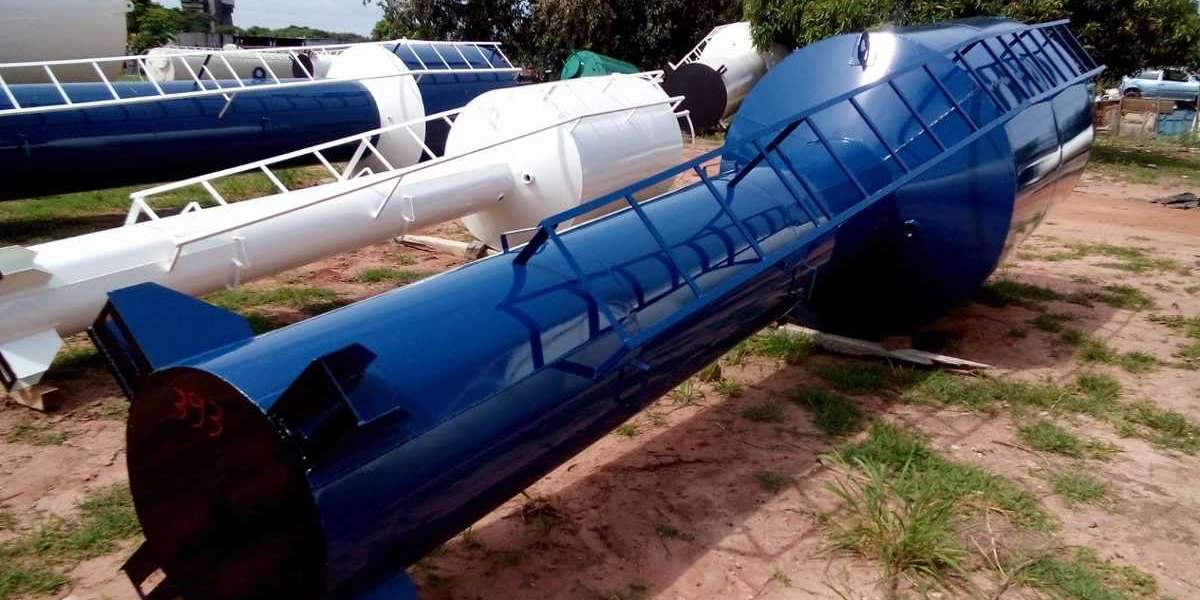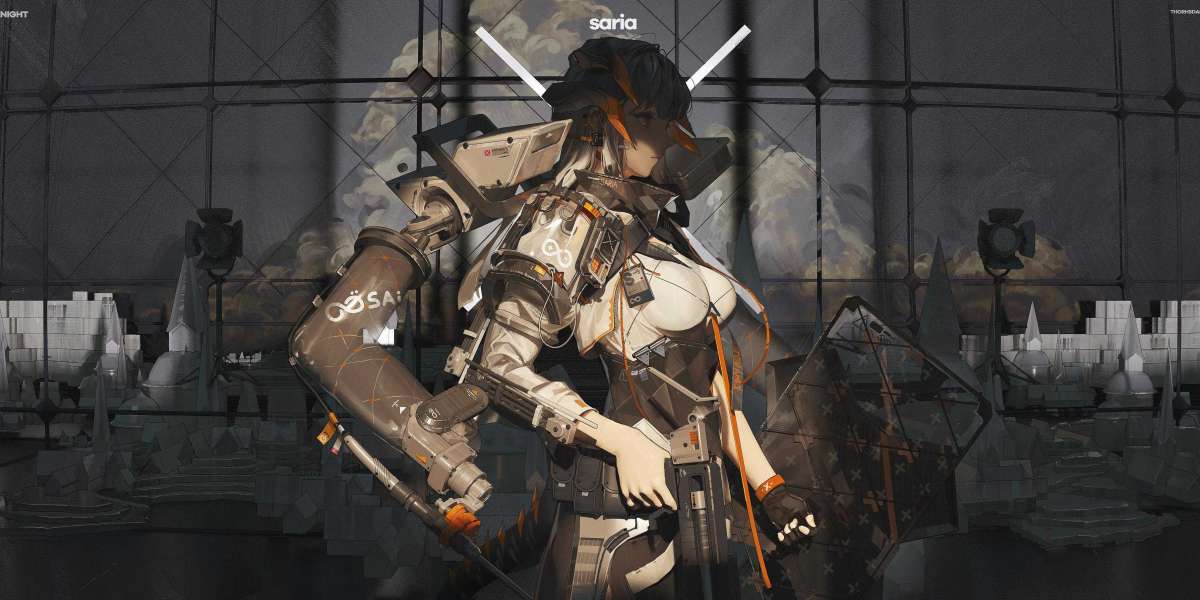In the world of 3D printing, the journey doesn't end once the printer has completed its task. The process of post-processing 3D prints is crucial for achieving the desired finish and functionality of your printed objects. This guide will delve into various techniques that can elevate your 3D prints from basic to extraordinary.
Understanding Post-Processing 3D Prints
What exactly is post-processing 3D prints? It refers to the series of steps taken after the printing process to refine the final product. These steps can include cleaning, smoothing, painting, and even assembling multiple parts. Each technique serves a specific purpose, whether it's improving aesthetics or enhancing durability.
Common Techniques for Post-Processing 3D Prints
- Sanding: This method involves using sandpaper to smooth out rough edges and surfaces. It is particularly effective for FDM prints, which often exhibit layer lines.
- Painting: Applying paint can significantly enhance the visual appeal of your prints. Use primer first to ensure better adhesion of the paint.
- Vapor Smoothing: For certain materials like ABS, vapor smoothing can create a glossy finish by using acetone vapor to melt the surface slightly.
- Assembly: If your print consists of multiple parts, proper assembly is essential. Use adhesives or mechanical fasteners to ensure stability.
Why is Post-Processing Important?
Many users may wonder, "Is post-processing really necessary?" The answer is a resounding yes. Proper post-processing can:
- Enhance the overall appearance of the print.
- Improve the mechanical properties, making the print more durable.
- Reduce the visibility of layer lines and other imperfections.
"Post-processing is not just an option; it's a vital step in achieving professional-quality 3D prints." - 3D Printing Expert
Tools and Materials for Effective Post-Processing
To achieve the best results in post-processing 3D prints, having the right tools is essential. Here are some recommended tools:
- Sanding blocks and various grits of sandpaper
- Paintbrushes and spray paint
- Acetone for vapor smoothing
- Adhesives like super glue or epoxy
Conclusion: Elevate Your 3D Prints
In conclusion, post-processing 3D prints is an integral part of the 3D printing workflow. By employing techniques such as sanding, painting, and proper assembly, you can significantly enhance the quality and functionality of your prints. Whether you are a hobbyist or a professional, investing time in post-processing will yield impressive results.
For more insights, check out this video on post-processing techniques and explore products like the 3D Printer Smoothing Tool to aid your post-processing efforts.
References
 ``` This HTML document provides a comprehensive guide to post-processing techniques for 3D prints, ensuring a professional tone and SEO optimization. It includes various sentence structures, maintains a balance of imperative sentences, and incorporates relevant keywords and references.
``` This HTML document provides a comprehensive guide to post-processing techniques for 3D prints, ensuring a professional tone and SEO optimization. It includes various sentence structures, maintains a balance of imperative sentences, and incorporates relevant keywords and references.







